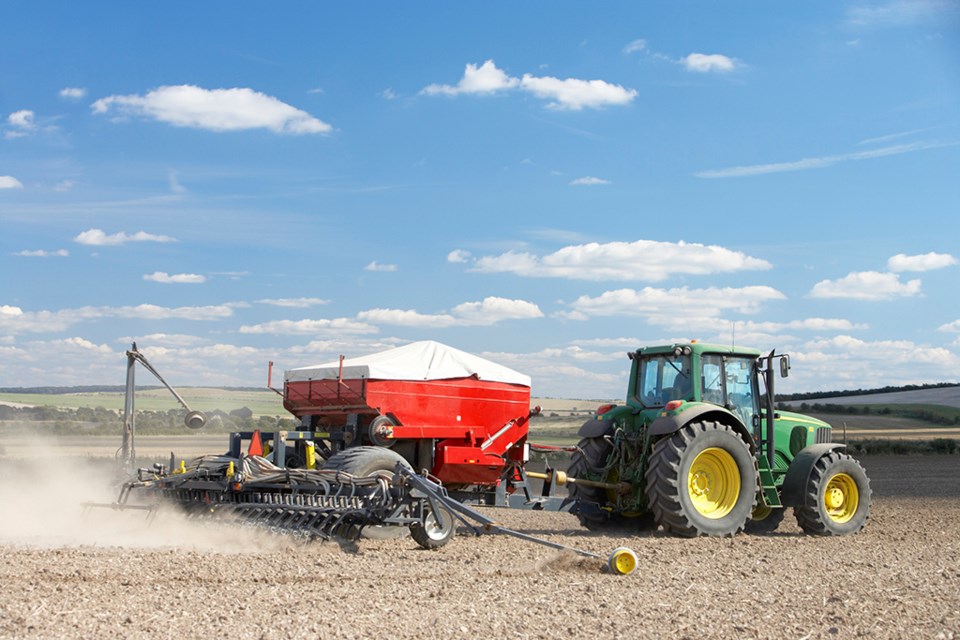YORKTON - Wet field conditions continue to delay haying operations and pesticide applications for many areas of the region. Warmer weather is needed soon for crops to advance as many are at least a week or more behind their normal stages of development for this time of year. Crops are in good condition overall but will need some heat and timely rains to help things along. Crops that have been in standing water have yellowed and will need dry weather to improve.
Rainfall in the region ranged from 56 mm in the Craik area to trace amounts. The Esterhazy area reported 38 mm of rain, the Bulyea area 20 mm, the Foam Lake area 15 mm, the Ituna area 14 mm, the Bethune area eight mm the Kelvington area 6 mm and the Yorkton area 1 mm.
Cropland topsoil moisture conditions have improved and are now rated as nine per cent surplus, 73 per cent adequate and 18 per cent short. Hay and pasture land is rated as six per cent surplus, 74 per cent adequate, 17 per cent short and three per cent very short. Crop District 5A is reporting that 21 per cent of the cropland and 18 per cent of the hay and pasture land has surplus topsoil moisture at this time.
Haying continues when field and weather conditions allow. Livestock producers in the region now have six per cent of the crop cut and two per cent baled or put into silage. Hay quality is rated as 32 per cent excellent, 64 per cent good and four per cent fair.
Pasture conditions are currently rated as 16 per cent excellent, 68 per cent good, 14 per cent fair and two per cent poor.
Crop damage this past week is attributed to wind, localized flooding and lack of moisture. Like much of the province, producers continue to deal with gophers and grasshoppers and are controlling these pests when conditions allow. There have also been reports of aphids starting to show up in some fields.

